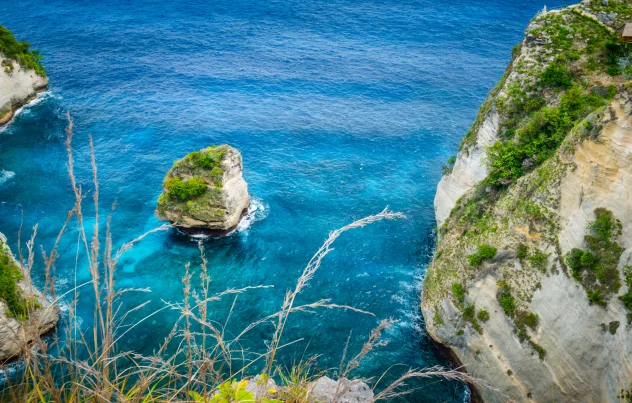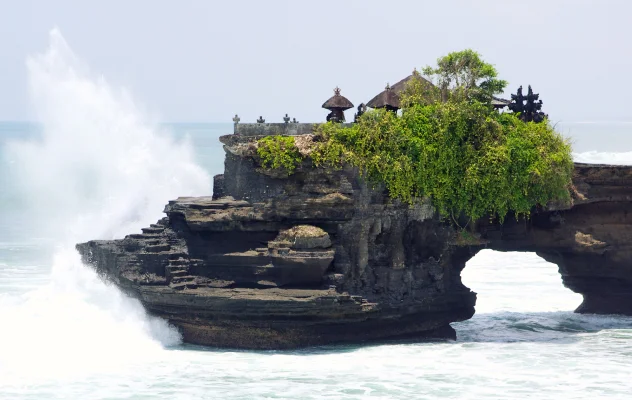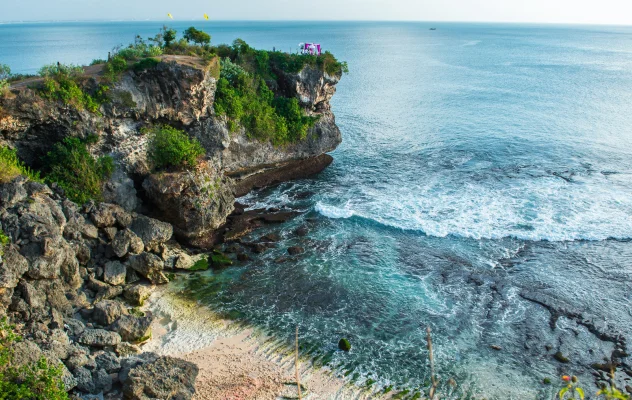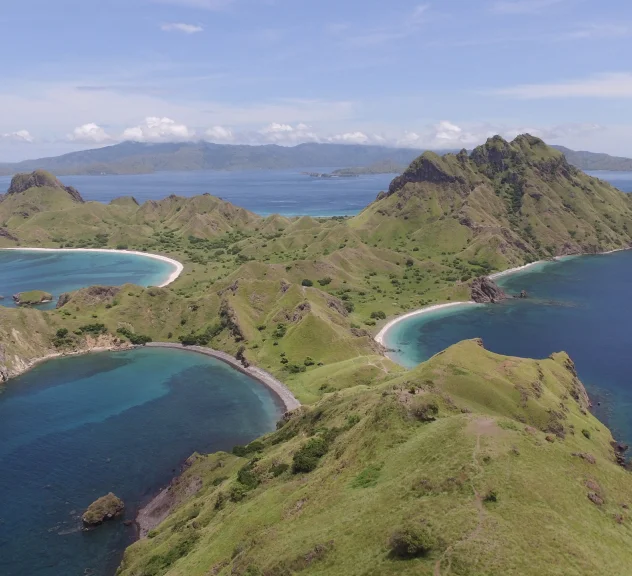Discovering the Wonders of Komodo Dive Sites
Exploring Manta Point, Batu Bolong, Crystal Rock, and Castle Rock

Komodo Dive Sites
Welcome to the magical world of Komodo dive sites, where you can experience the raw beauty of the underwater world. Located in the eastern part of Indonesia, the Komodo National Park is home to some of the most diverse and exciting dive sites in the world.
The park is made up of three large islands: Rinca, Padar, and Komodo, along with numerous smaller islands, offering an abundance of unique dive locations which are a must do for any seasonal diver.
With this guide, we will provide a detailed view of the best Komodo dive sites, when is the best time to visit the Komodo National Park, and travel tips as well.
For a visual representation of the Komodo dive sites click on the map provided here, courtesy of our friends from
Komodo Resort
If you want to read and learn more about the Komodo National Park, visit our dedicated page here: Komodo National Park.
Best Komodo Dive Sites
Manta Point
One of the most popular dive sites in Komodo is Manta Point. As the name suggests, this site is famous for its regular visits from manta rays. The large and graceful creatures come here to feed on the plankton-rich water, and you can witness them gliding effortlessly through the water, often coming within touching distance of divers.
See Schedule
Batu Bolong
A must-visit dive site in Komodo is Batu Bolong, located just a short boat ride away from Manta Point. Batu Bolong is a pinnacle dive site, with a towering rock formation that rises up from the ocean floor. The currents at Batu Bolong can be strong, but they bring with them an abundance of marine life, including schools of trevally, barracuda, and reef sharks. The rock is also covered in colorful soft corals, making for a beautiful and vibrant underwater landscape.
See Schedule
Crystal Rock
Crystal Rock is another popular dive site in Komodo, located near the northern tip of Komodo Island. The site is a pinnacle dive, with a large rock formation rising up from the ocean floor to just below the surface. The currents here can be strong, so it’s important to dive with a reputable operator who can ensure your safety. The site is home to an abundance of marine life, including schools of colorful fish, octopus, and moray eels.
See Schedule
Castle Rock
Finally, Castle Rock is a dive site that should not be missed. Located in the middle of the Komodo National Park, Castle Rock is a pinnacle dive site that rises up from the ocean floor to just below the surface. The currents at Castle Rock can be strong, but that’s when the large marine life comes. Reef sharks hunting, giant trevally, and schools of barracuda.
See Schedule
But that’s just the tip of the iceberg when it comes to Komodo dive sites. The park is home to dozens of other incredible dive locations, each with their own unique features and marine life.
Here’s a complete list of all of the best Komodo dive sites, along with a brief description of each:
Batu Bolong
A pinnacle dive with strong currents and an abundance of marine life.
Tatawa Besar
A coral reef dive site with an array of colorful fish and other marine life.
Manta Point
A site famous for its regular visits from manta rays.
The Cauldron
A dive site with a unique topography, including a swim-through tunnel.
Siaba Besar
A coral reef dive site with an abundance of macro life, including pygmy seahorses.
Crystal Rock
A pinnacle dive site with strong currents and an abundance of marine life.
Yellow Wall
A coral wall dive site with an array of colorful soft corals and marine life.
Tatawa Kecil
A coral reef dive site with an abundance of colorful fish and other marine life.
Karang Makassar
A site known for its manta rays and gentle currents, making it suitable for divers of all levels.
Cannibal Rock
A dive site with a unique topography, including towering rock formations and overhangs.
Batu Tiga
A pinnacle dive site with strong currents and an abundance of marine life, including reef sharks and barracuda.
Wainilu
A coral reef dive site with an abundance of macro life, including nudibranchs and frogfish.
Torpedo Point
A site known for its macro life, including mantis shrimp and pipefish.
Secret Garden
A coral reef dive site with an array of colorful soft corals and marine life.
Sabolan Besar
A dive site with an abundance of macro life, including cuttlefish and octopus.
Pelican Head
A pinnacle dive site with strong currents and an abundance of marine life, including schools of tuna and trevally.
Batu Gajah
A site known for its unique rock formations and an abundance of macro life, including sea horses and ghost pipefish.
These are just a few of the incredible dive sites that await you in Komodo. Whether you’re a beginner or an experienced diver, there is something for everyone in this diverse and beautiful national park. With its crystal-clear waters, abundant marine life, and breathtaking underwater landscapes, Komodo is a must-visit destination for any avid diver. So pack your bags, grab your gear, and get ready to explore the wonders of the Komodo dive sites.
Best Time To Visit Komodo
The best time to visit Komodo depends on your preferences and interests. The Komodo National Park has two distinct seasons, the dry season and the wet season.
The dry season runs from April to October and is generally considered the best time to visit Komodo. During this time, the weather is sunny and dry, and the sea is generally calm, making for great diving conditions. The water temperature is also cooler, which is ideal for diving with manta rays and other large marine life.
The wet season runs from November to February / March and is characterized by heavy rainfall and rough seas. While the diving conditions may not be as ideal during this time, the wet season can be a great time to visit for those who are interested in the stunning landscapes and wildlife that can be found on land in the park. During this time, the vegetation is lush and green, and the Komodo dragons are more active and easier to spot.
It’s important to note that the weather in Komodo can be unpredictable, and it’s possible to experience rain and rough seas during the dry season or calm seas and sunny skies during the wet season. It’s always a good idea to check the weather forecast before your trip and to be flexible with your plans.
Ultimately, the best time to visit Komodo depends on your priorities and interests. If diving is your main focus, the dry season is generally considered the best time to visit. If you’re more interested in exploring the park’s landscapes and wildlife, the wet season can be a great time to visit.
